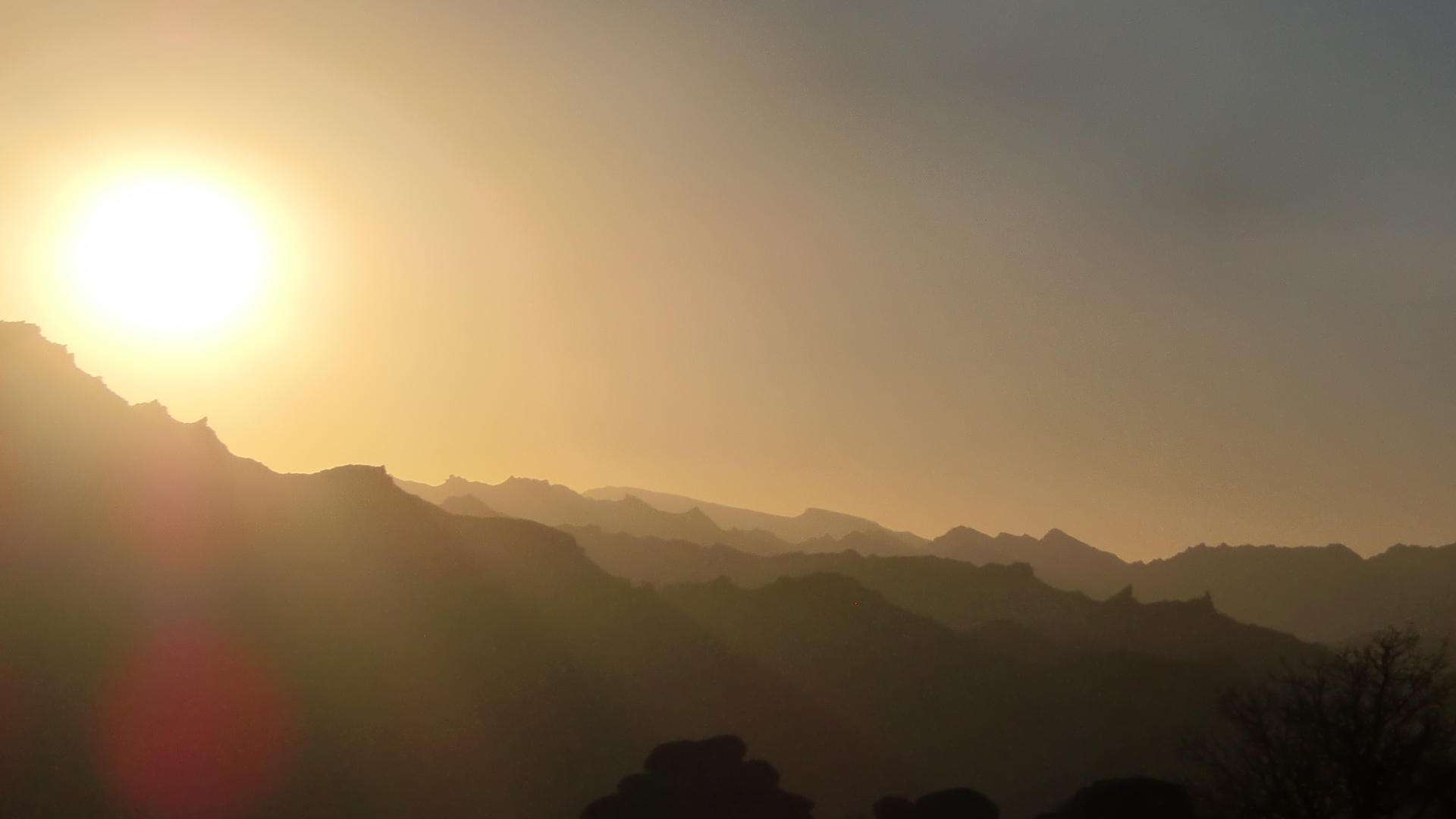The Islamic Republic of Pakistan is strategically situated between South Asia, Central Asia and the Middle East. The Torghar or “Black Mountain” range is situated in northeastern Balochistan near the border of Afghanistan. Its mountains once contained large populations of Straight-horned or Suleiman Markhor, Afghan Urial, snow leopard, and, in some places, black bear. Unfortunately, since the late 1970s, unrest in Afghanistan has initiated a steady flow of refugees, weapons, and ammunition into the region.
With modern weapons (mostly AK 47’s) and, plentiful supply of ammunition, seasonal migrants and local residents decimated the wildlife. By the early 1980s; the Suleiman Markhor and Afghan Urial populations were on the brink, the snow leopard became extinct across the sub- region. The Torghar Mountains are situated within the Provincially Administered Tribal Area and consequently local tribal leaders exercise considerable power.
One of the most charismatic leaders from the region during this time of carnage was the late Nawab Taimur Shah Jogazee. He himself was a hunter and realized that if something were not done, the Sulieman Markhor and Afghan urial would disappear. He decided to impose a total hunting ban, which he was able to enforce through both his tribal authority, as well as his official status within the government. With the help of Sardar Naseer Tareen the Torghar Conservation Project, TCP, was born.
In 1976 the Sulieman Markhor was placed on the US Fish and Wildlife’s endangered species list, where it remains to this day. In 1999, Sardar Naseer Tareen, Head of the Society for Torghar Environmental Protection (STEP) and the IUCN Central Asia Sustainable Use Specialist Group, submitted a petition to the Service requesting that the Sulieman markhor of Torghar be reclassified from “endangered” to “threatened.”
Thereafter, the Service published a 90-day finding that the petition presented substantial information indicating that the requested action may be warranted. The Service took no further action in the thirteen years following the 90-day finding. The Service promised to grant import permits instead but never received authority to issue the permits.
During this time, the Torghar Conservation Program (TCP) and the Sulieman markhor population of the Torghar Mountains, have continued to prosper with the help of some of the world’s leading wildlife conservation organizations such as WWF-Pakistan, the IUCN’s Sustainable Use Specialist Group, IUCN-Pakistan, the United Nations Development Program and Conservation Force.
In short, it is an extremely successful program by which local tribes-people participate in the conservation and re-establishment of Sulieman markhor and Afghan urial. A small number of hunting permits are sold to international hunters and the profits from these sales fund the TCP’s conservation and community projects. In return, the local tribes-people have agreed not to hunt any of the wildlife species of the region.
In 1985, fewer than 100 Sulieman markhor were thought to be living in the Torghar Mountains region. Since the inception of the TCP the numbers have steadily increased. By 2004, the Zoological Survey of Pakistan revealed that the markhor population had grown to approximately 2,500. At the time of the most recent survey, November 2008, the number had burgeoned to over 3,100. It took thirteen years of litigation before finally on the 7th August 2012, the US fish and wildlife service filed in the federal register a proposal to downlist the Sulieman markhor from endangered to threatened. It was in spite of, not because of, the species listing as endangered that the Sulieman markhor has recovered.
Because of the TCP’s success, tribal groups from at least seven other mountain ranges in Balochistan have expressed an interest in establishing similar programs. If the species had been downlisted earlier there is little doubt that these programs would be well established now and the Sulieman markhor numbers even greater.
To watch a short documentary about the Sulieman markhor click on this link: https://www.fws.gov/endangered/about/vp-151-2014.html


